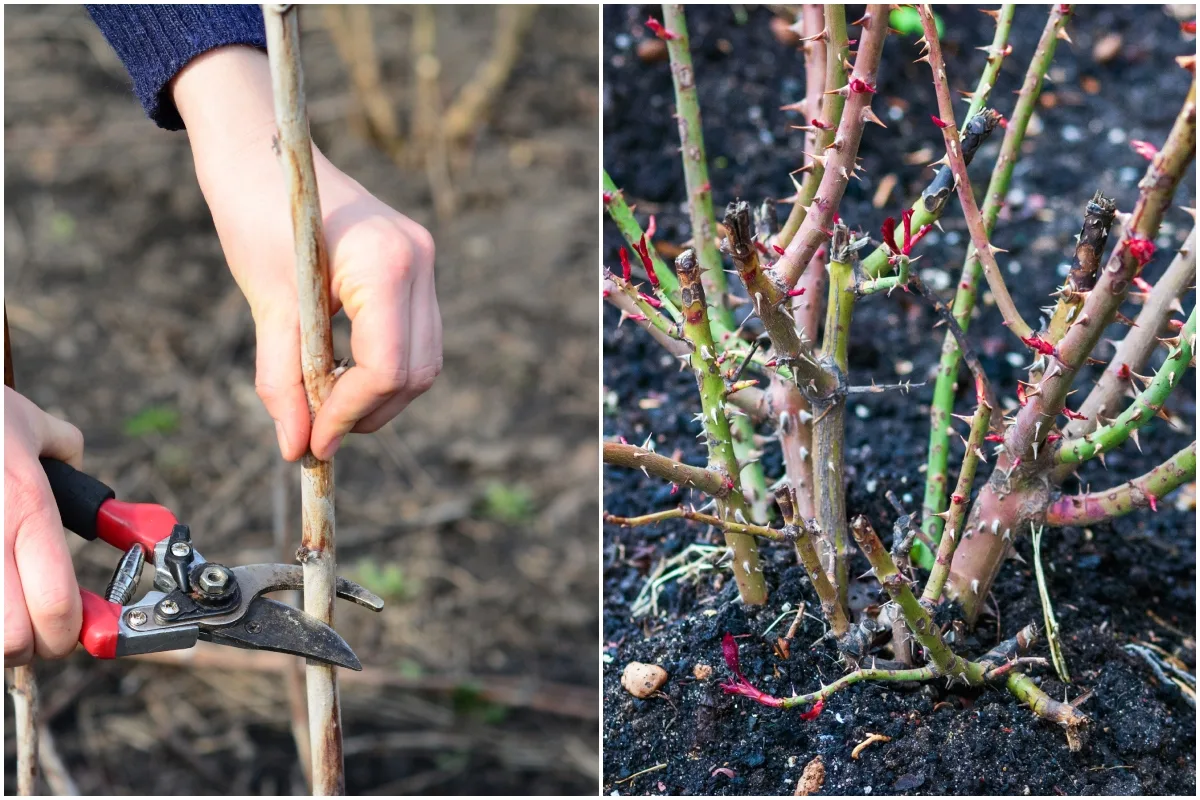
The growing season is still a couple of months away, but I can’t wait. So why not start right now? There are a number of important gardening chores you need to do while it’s still winter before you even set foot in the garden.
Grab a notebook and pen, and let’s prepare for a successful growing season.
A Little Planning Now Saves You a Lot of Frustration in the Summer
I am antsy to get out in the garden. We all are. It’s that time of year when every day finds a new seed catalog in your mailbox. But before we all start ordering whatever strikes our fancy or poking seeds into seed starting mix, let’s set ourselves up for a great growing season by doing a little prep and planning first.
You’ll thank yourself in a few month’s time.
1. Plan to Take Notes
First things first, you need to plan to take notes. If you’ve already established a way of recording notes throughout the season, pat yourself on the back – you’re ahead of the game.
If you don’t normally track your season, this is where I put my hands on my hips and give you the mom stare.
Having a record of things like the weather, when certain veggies started producing, how new varieties did, what pests were present, and where is valuable information that can have a big impact on the following season.
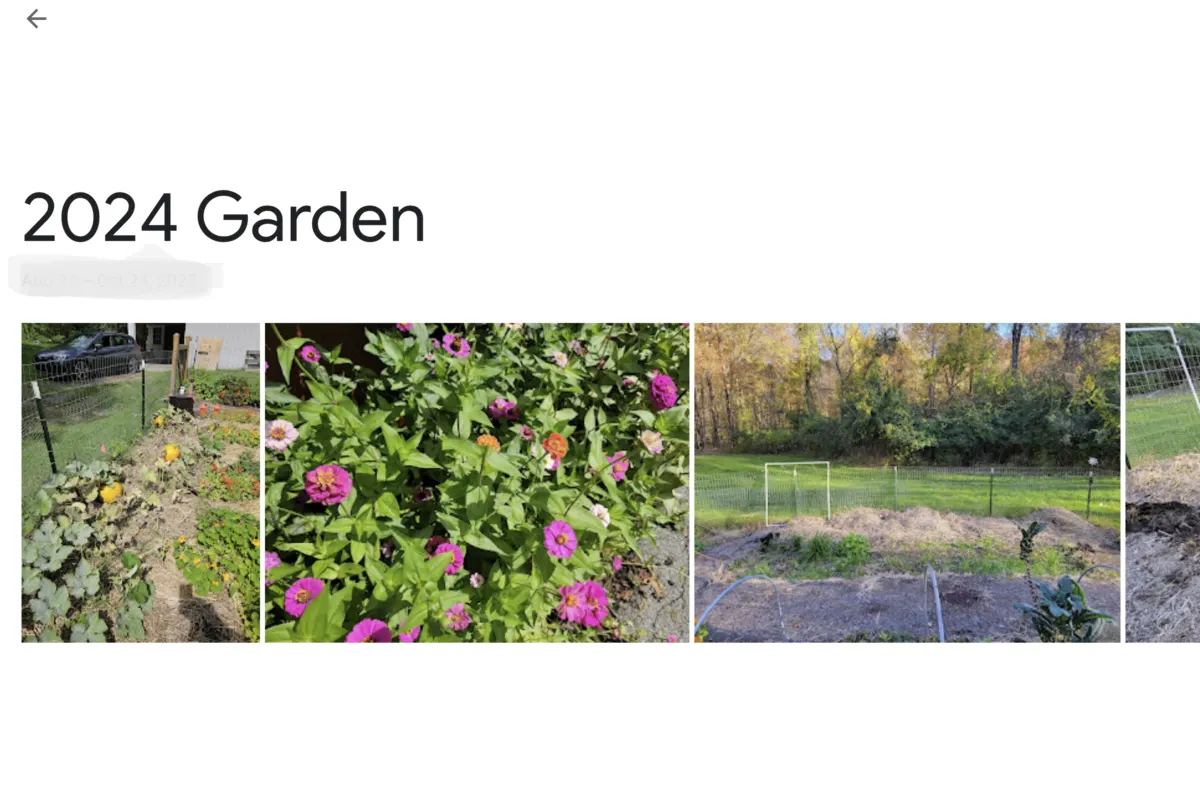
Make this the year you start tracking your garden’s progress. It doesn’t have to be elaborate or detailed. Just jot something down each day. Start a Google photo album and snap photos with your phone (don’t forget to add captions with details!). Grab a garden planner or journal if you like to write. Create a spreadsheet.
Choose something that suits you so you’ll actually use it, and make sure it’s ready to go now.
2. Plan Your Garden
Yeah, I know, this one seems kind of obvious. But lots of us (me) put it off until it’s time to get growing. By that time, seed supplies will have been picked over, so you might not get the varieties you want. Or you may find that tomato variety you really wanted to try should have been started indoors weeks ago.
Create a plan of what you want to grow and where you want to grow it.
To help get the juices flowing, I highly suggest you read my article, 12 Things to Ask Yourself About Last Year Before You Plan Your Garden. It’s a list of twelve questions that will help you figure out what you want, what didn’t go according to plan, what changes you need to make and how to get it all in motion.
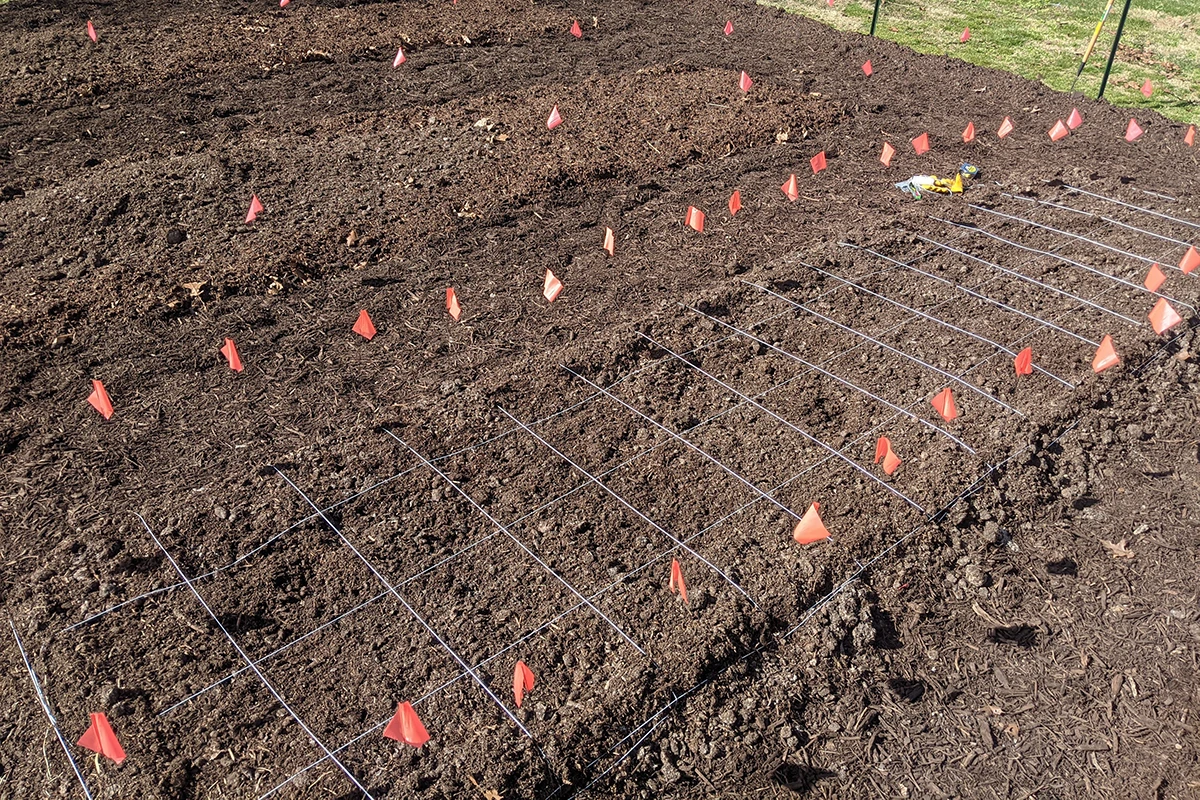
Will you be using crop rotation? Trap crops? Succession planting? All of this needs to be part of your plan. How about companion planting? Remembering who gets planted next to what companion can be tricky. Sketching it all out on paper first makes the whole process much easier when it’s time to put seeds in the ground.
Once you’ve planned your garden, make sure you keep your finished plans somewhere you can refer to them throughout the season.
3. Catalog Last Year’s Seeds, Test Them & Make Seed Tape
Do you have seeds from previous years? Awesome. Now is the time to go through and catalog them and see if they are still viable.
I know some of you are going to laugh, but don’t just grab the seed packet, check the date and decide you’re good. Open it up and verify how much seed is in the packet.
Someone, not me, but someone, has a habit of not looking inside the seed packet and finding herself themself without enough seeds when it’s time to plant.
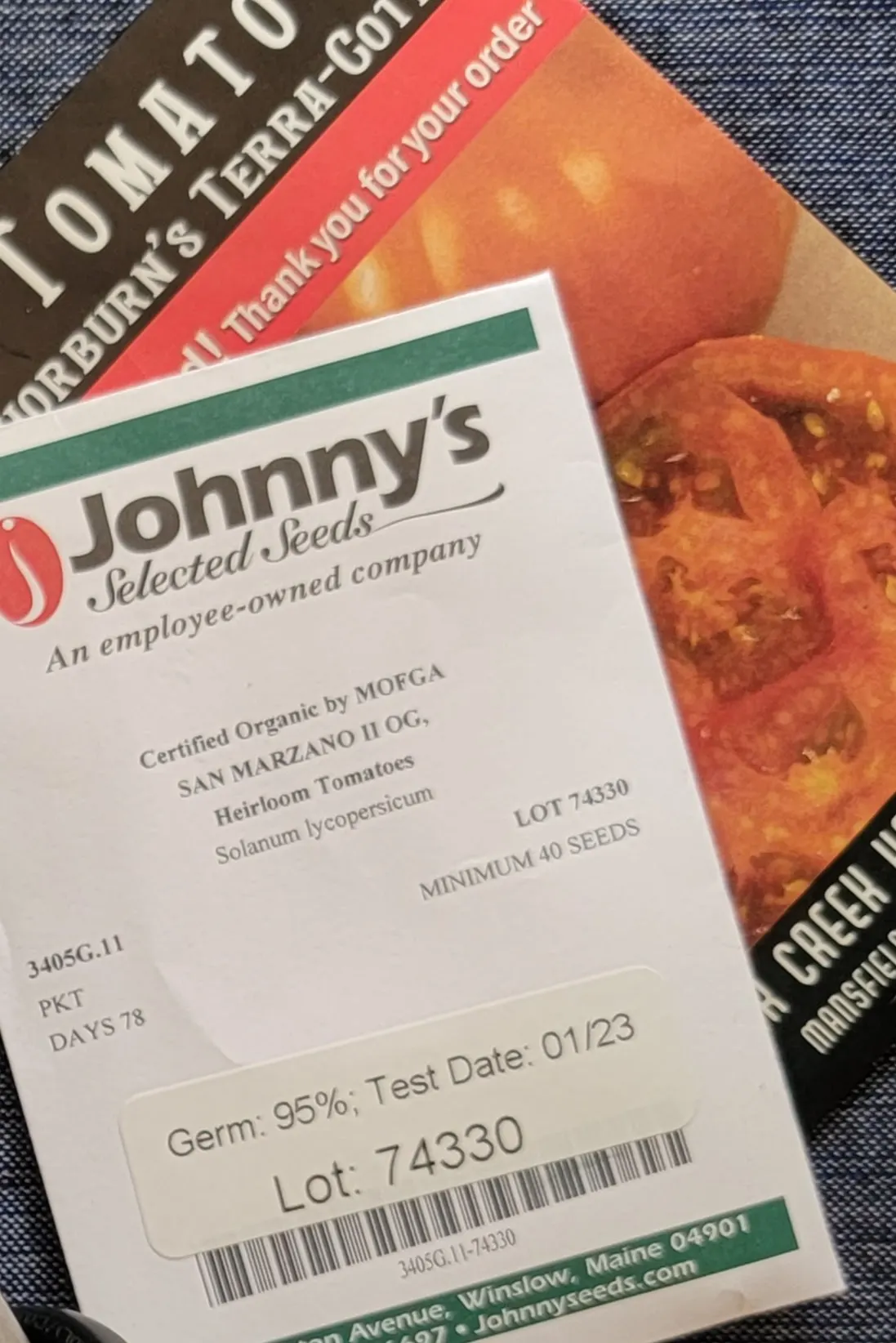
Check the viability of older seeds. Most seeds remain viable for several years.
Here’s a quick list of some common veggies and how long you can expect the seeds to remain viable:
- Asparagus – 3 years
- Bean – 3 years
- Beet – 4 years
- Broccoli – 4 years
- Brussels Sprouts – 4 years
- Cabbage – 4 years
- Carrot – 3 years
- Cauliflower – 4 years
- Celery – 4 years
- Corn – 2 years
- Cucumber – 5 years
- Eggplant – 4 years
- Kale – 5 years
- Leek – 1 year
- Lettuce – 5 years
- Okra – 2 years
- Onion – 1 year
- Parsnip – 1 year
- Peas – 3 years
- Peppers – 3 years
- Pumpkin/Squash – 4 years
- Radish – 5 years
- Spinach – 3 years
- Tomatoes – 4 years
- Watermelon – 4 years
It’s a wise practice to test seeds older than two years to be sure they’re still viable. Place the seeds on damp paper towels and cover them with another damp paper towel. Put them someplace warm and monitor the seeds over time for signs of germination – wee little tails -also known as radicles.
Now is also a great time to make some DIY seed tape with smaller seeds like carrots, lettuce and radishes.
4. Order New Seeds and Plants
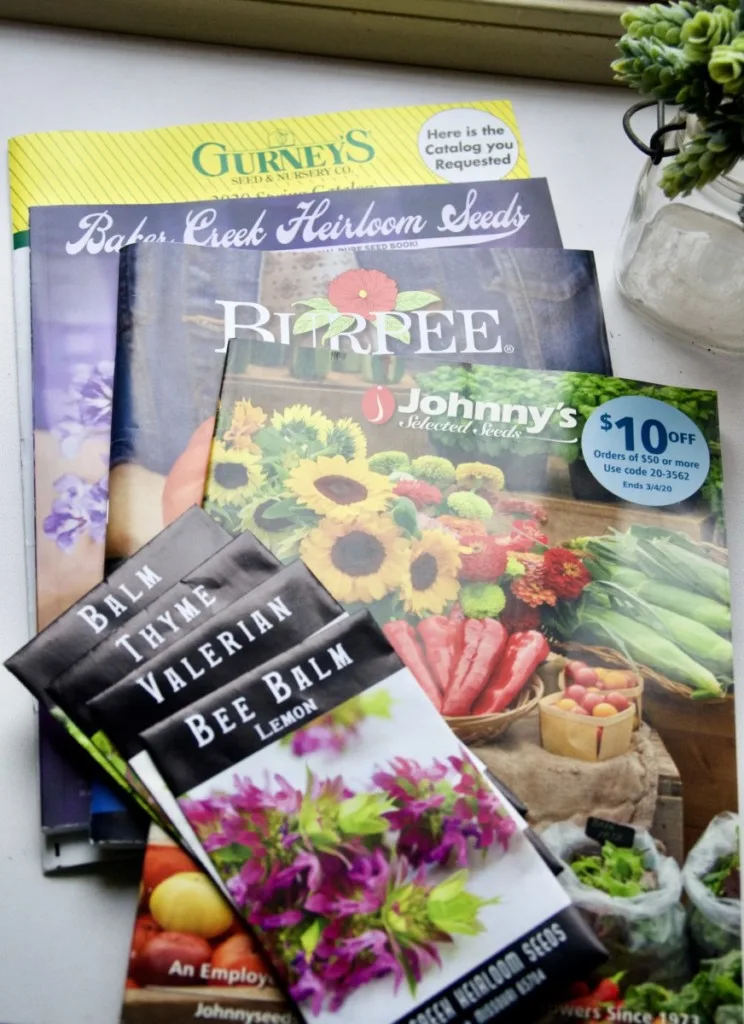
Okay, you’ve planned your garden and cataloged older seeds. Now is the time to go crazy and order all the seeds that strike your fancy.
Get those seed orders in early before they sell out, especially if you have your heart set on new or hard to find varieties.
5. Vernalize or Cold Stratify Seeds & Bulbs
Some varieties of herbs and flowers will not germinate unless they’ve experienced a few weeks of cold. We call that ‘winter’ here in Pennsylvania. Check the seed packet to see if they need cold stratification. Put the packet of seeds in the refrigerator for a few weeks before sowing them.
Here are some more great ways to cold stratify your seeds.
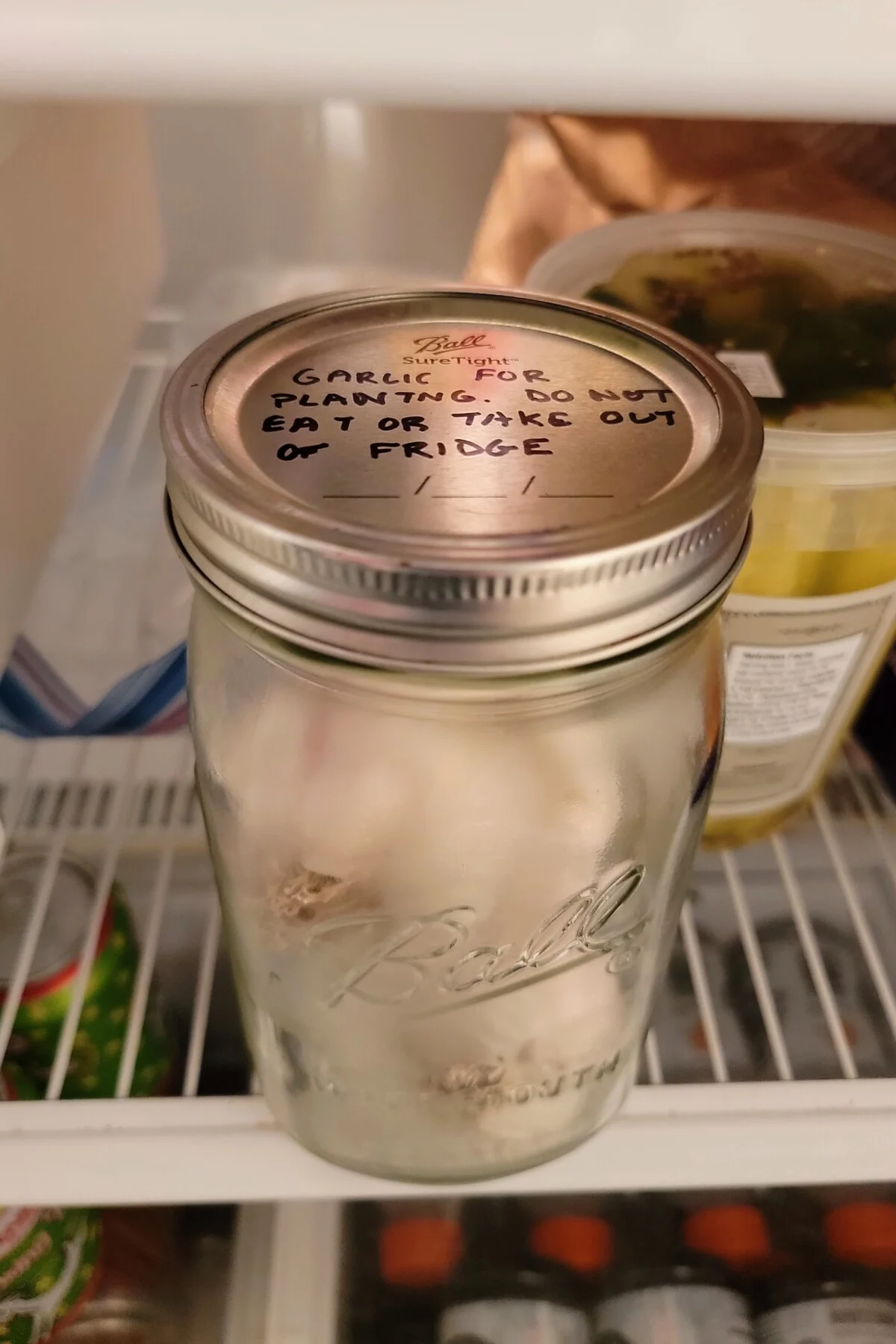
Did you forget to plant your garlic last fall? No worries! You can still grow garlic in the spring and get huge bulbs. (Check out my awesome harvest and how to grow spring garlic here.) But if you’re going to do it, you need to get your garlic bulbs in the fridge ASAP.
6. Create a Planting Schedule
If you’re growing lots of different vegetables, remembering what needs to get started indoors, what goes in the ground before the final frost and what goes in after can get complicated.
And if you plan on utilizing succession planting, then having an idea of when your radishes and lettuce will be finished so you can plant beans is a good idea.
Mark these dates on your calendar and make life easier for yourself. Because who doesn’t want to wake up to a reminder that “It’s time to plant the beans!”
7. Sow Seeds Indoors
Most seed packets tell you to start seeds indoors around eight weeks before your last frost date. I used to follow this advice religiously, but these days, that goes right out the window. I’ve found that starting things like tomatoes, peppers and eggplant in the new year gives me much sturdier plants when it’s time to plant them outside. The plants are larger, have bigger root systems, and bounce back much faster after being transplanted.
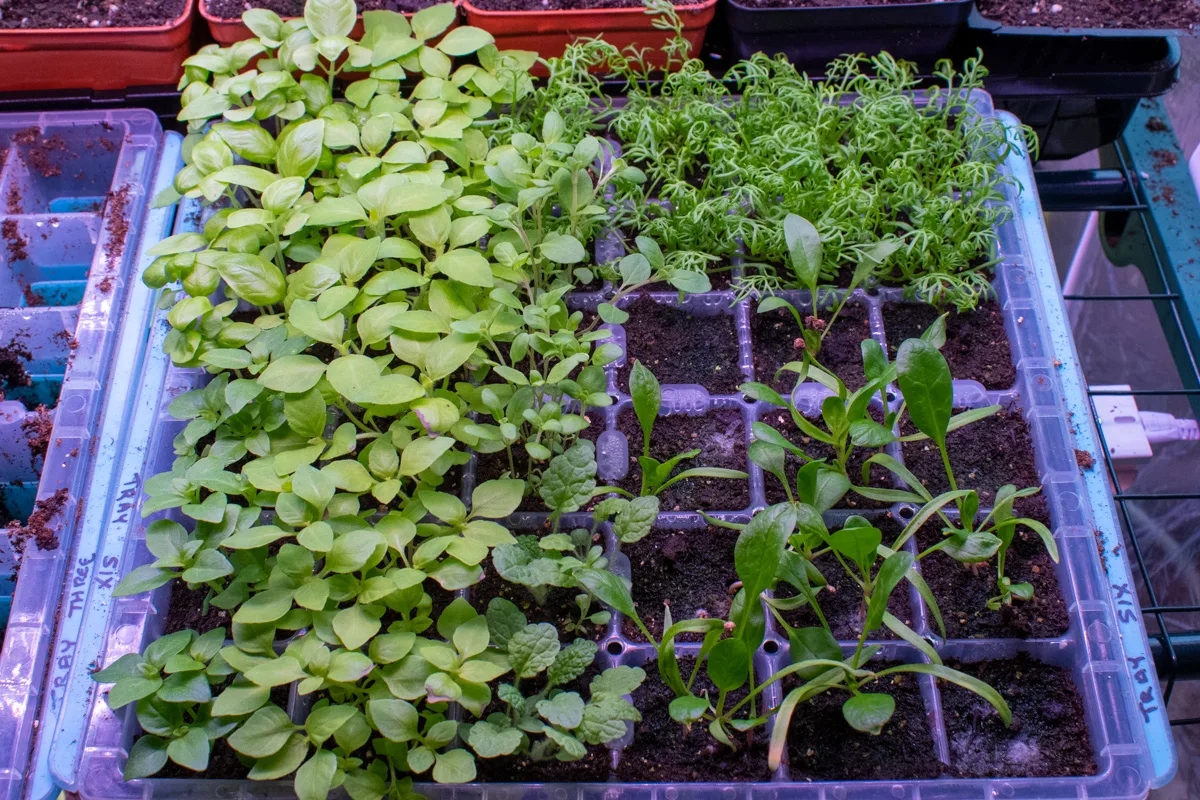
Beyond that, if you live in an area with a short growing season, getting your seedlings started as soon as possible will ensure you have a decent harvest.
Check out all the seeds you can start in January and February and get planting.
8. Clean, Sharpen, & Replace Garden Tools
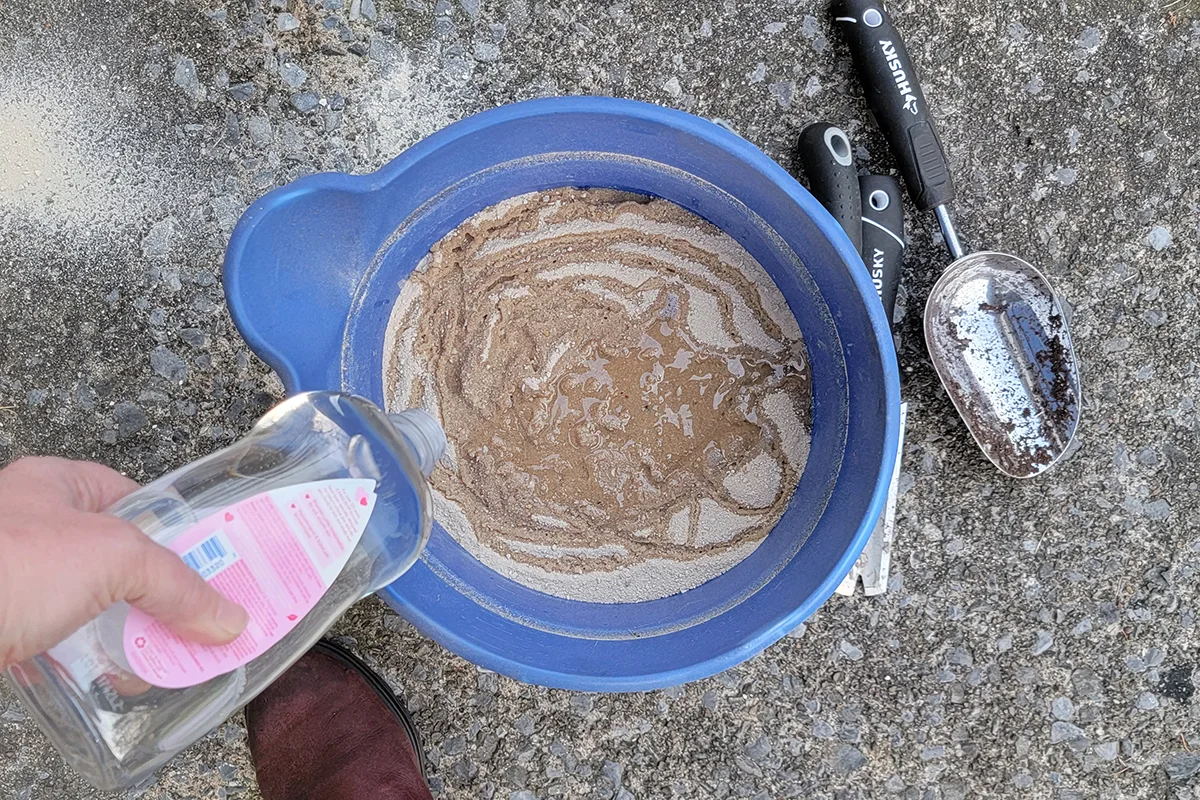
You did make an oil and sand bucket to store your garden tools in over the winter, right? If you did, good on you. Your tools are good to go.
If you didn’t, you’d want to read this.
Before you need them, take a few minutes to check out your tools. Is there anything that needs to be replaced? Did last year’s garden gloves survive, or do you need a couple of pairs? How about those pruning shears? I’ll bet they could stand to be sharpened. (Don’t worry, it’s not hard, Lindsay will walk you through it.)
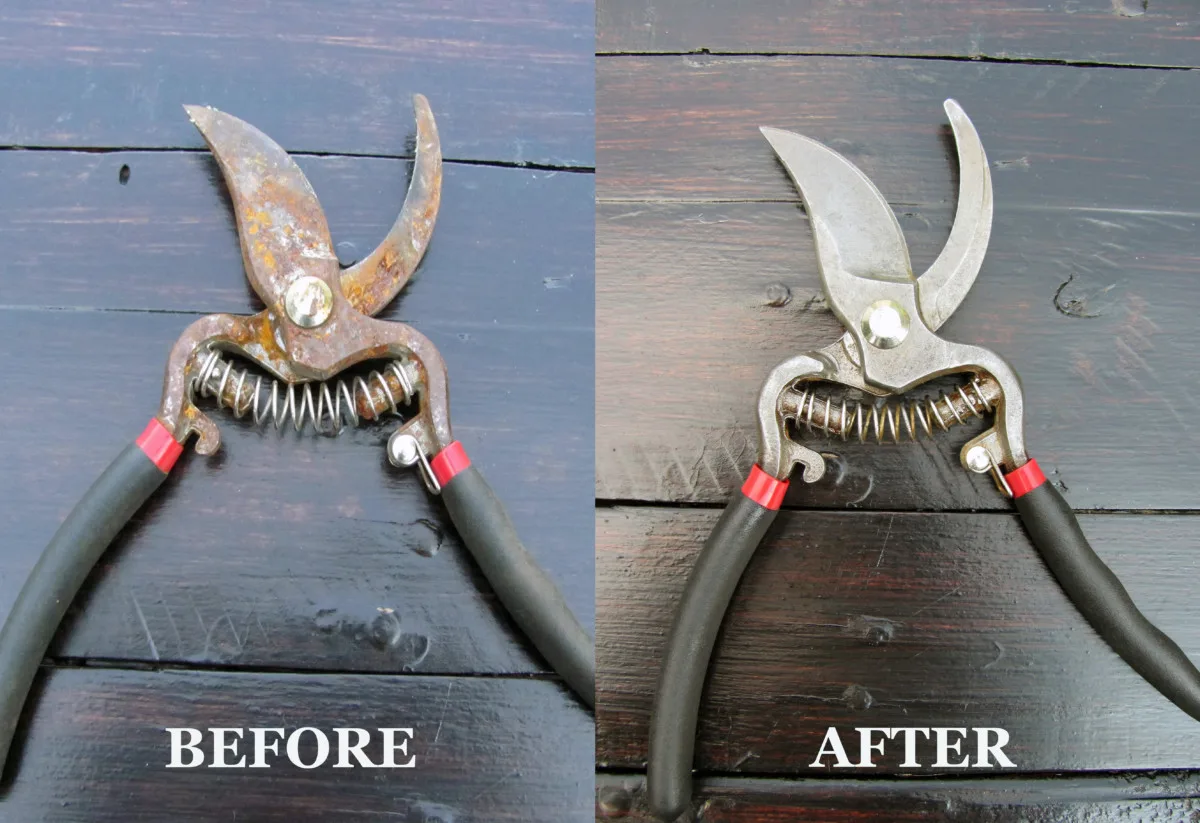
9. Take Care of Winter Pruning
If you really need to scratch your green itch, take those newly sharpened pruning shears and get to work. Believe it or not, there are quite a few plants that do well with a winter trim – roses, wisteria, blueberries and gooseberry, to name a few.
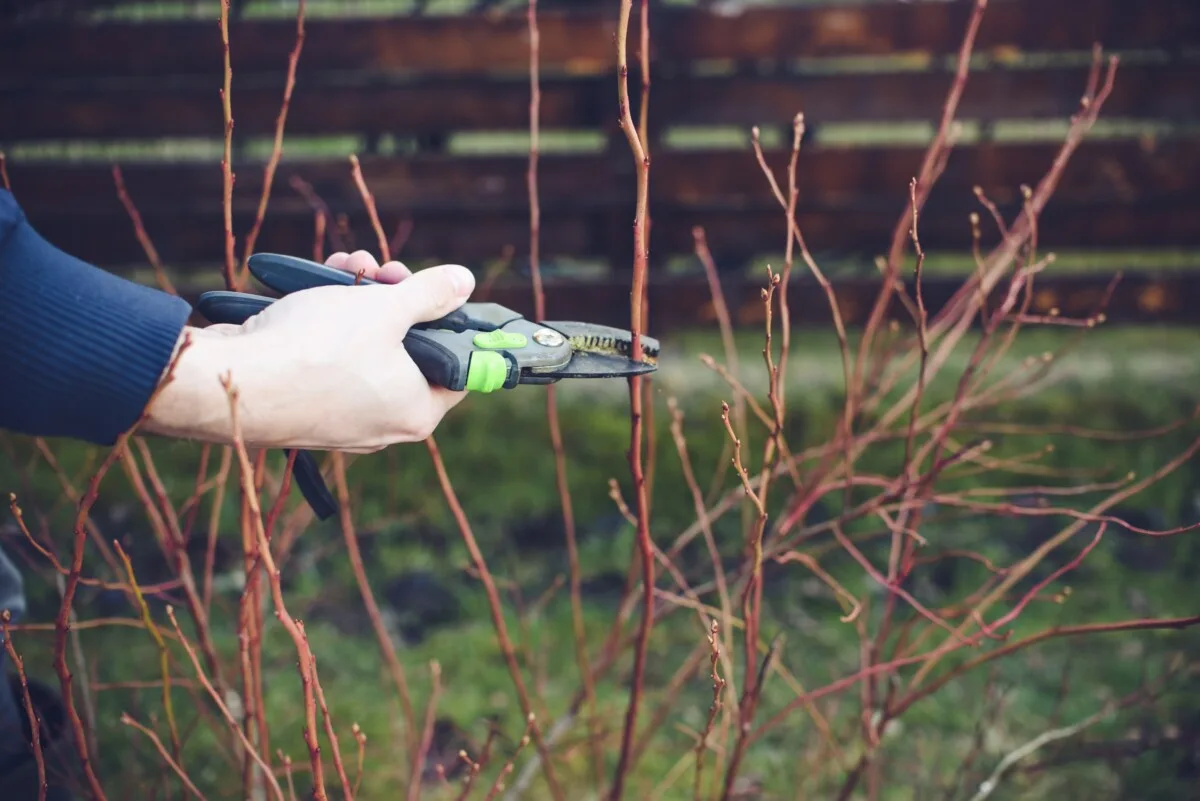
If you tackle this list a few items at a time, before you know it, spring will be here, and the growing season will be in full swing.
Read Next:

Get the famous Rural Sprout newsletter delivered to your inbox.
Including Sunday musings from our editor, Tracey, as well as “What’s Up Wednesday” our roundup of what’s in season and new article updates and alerts.


